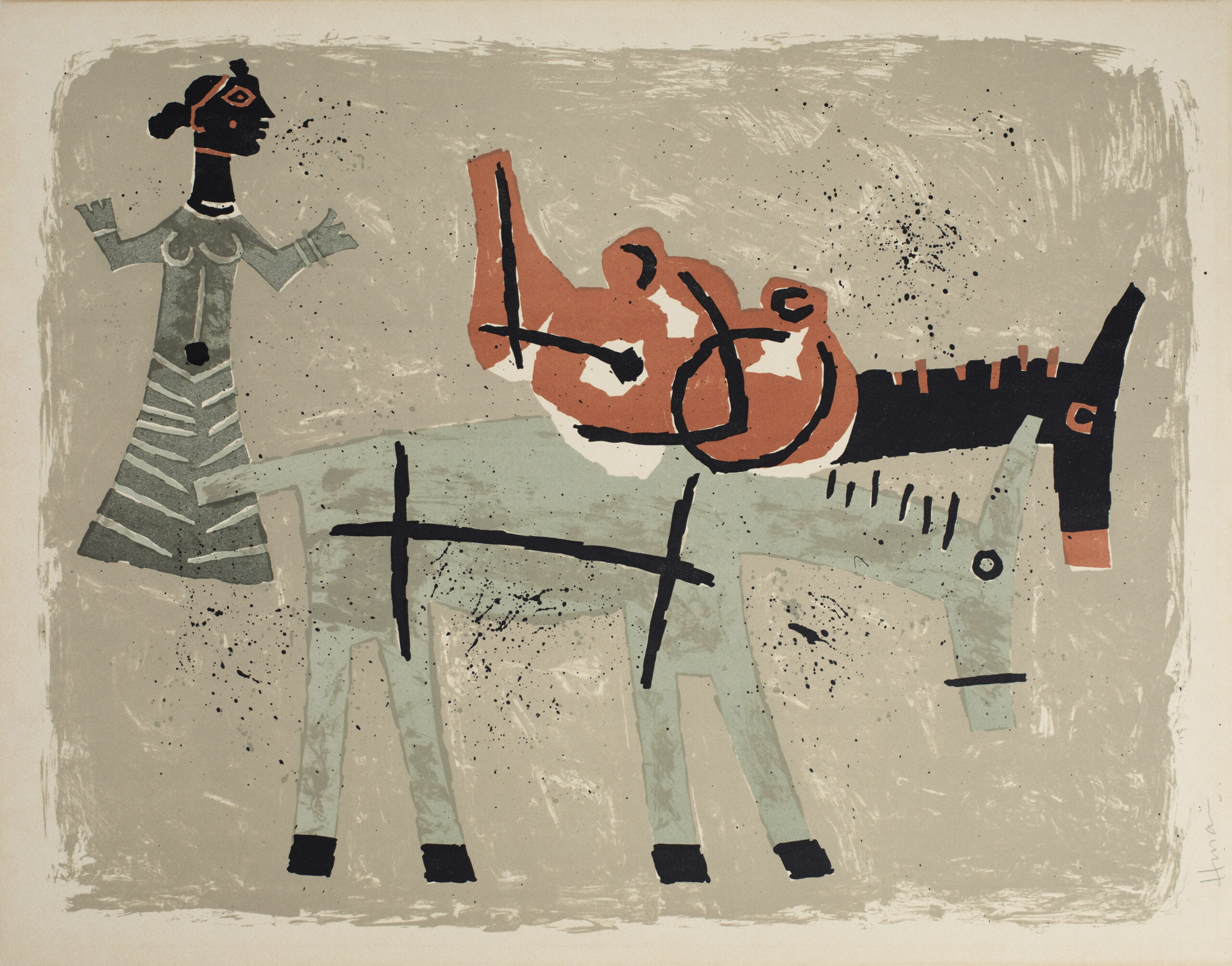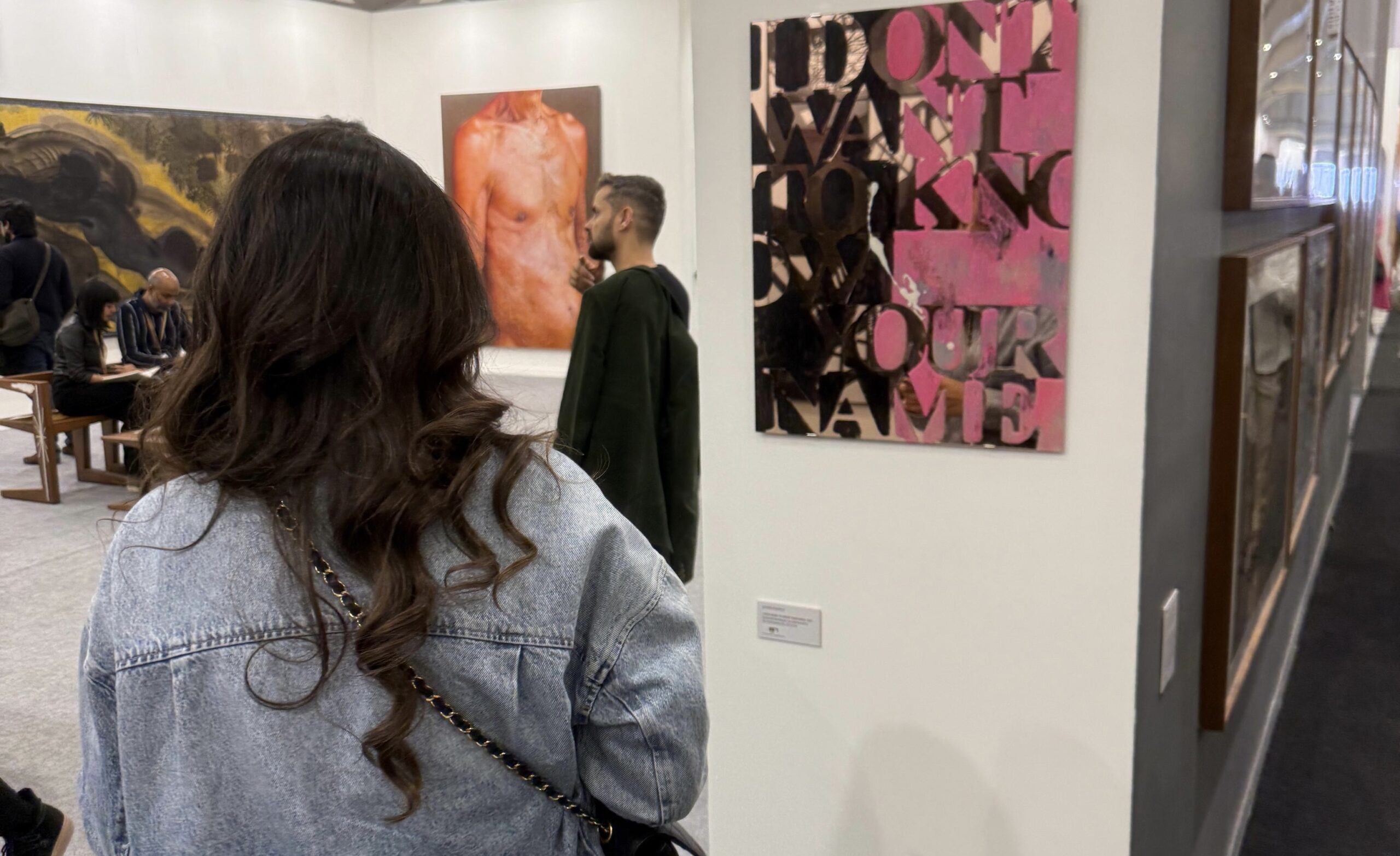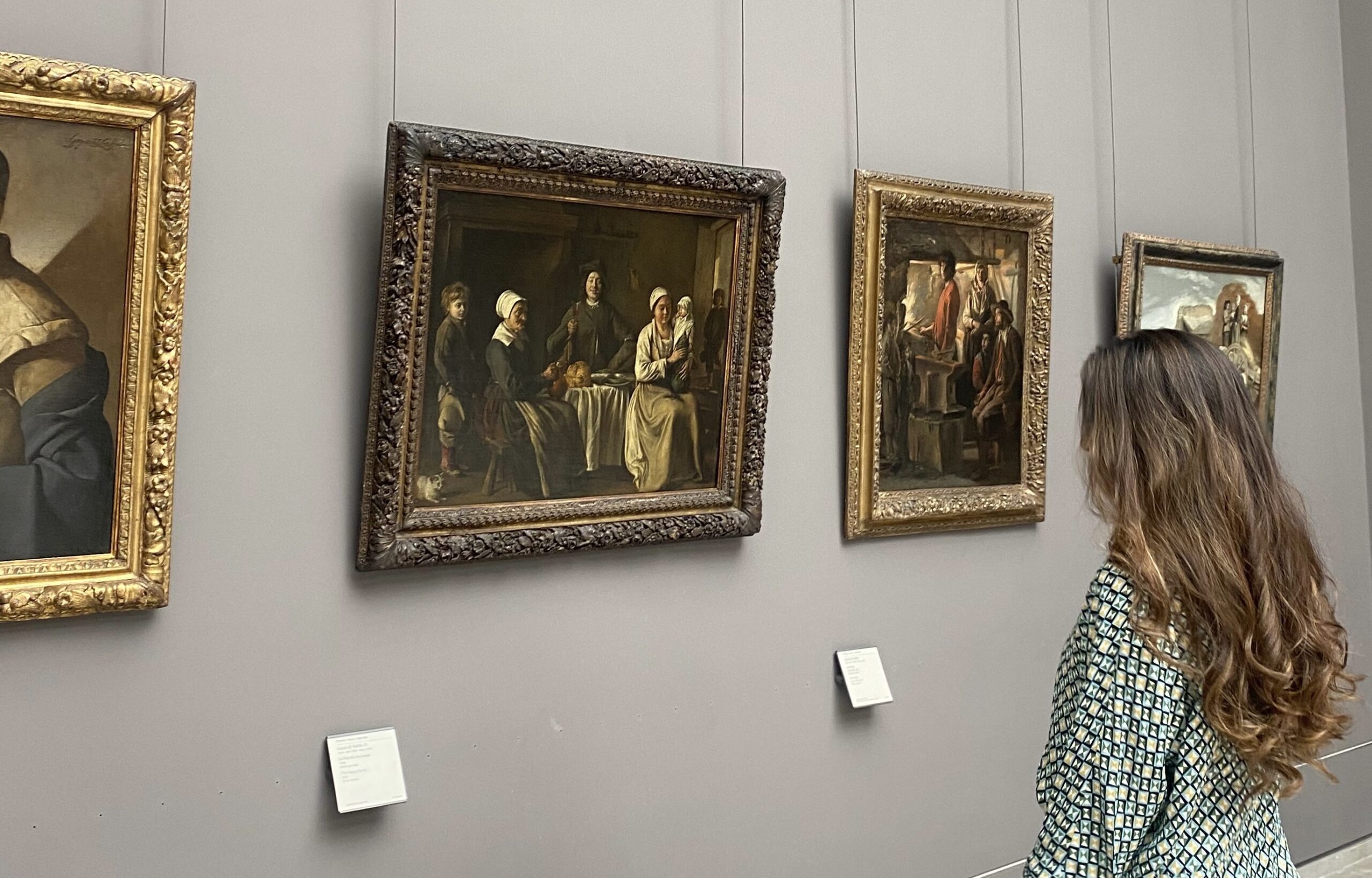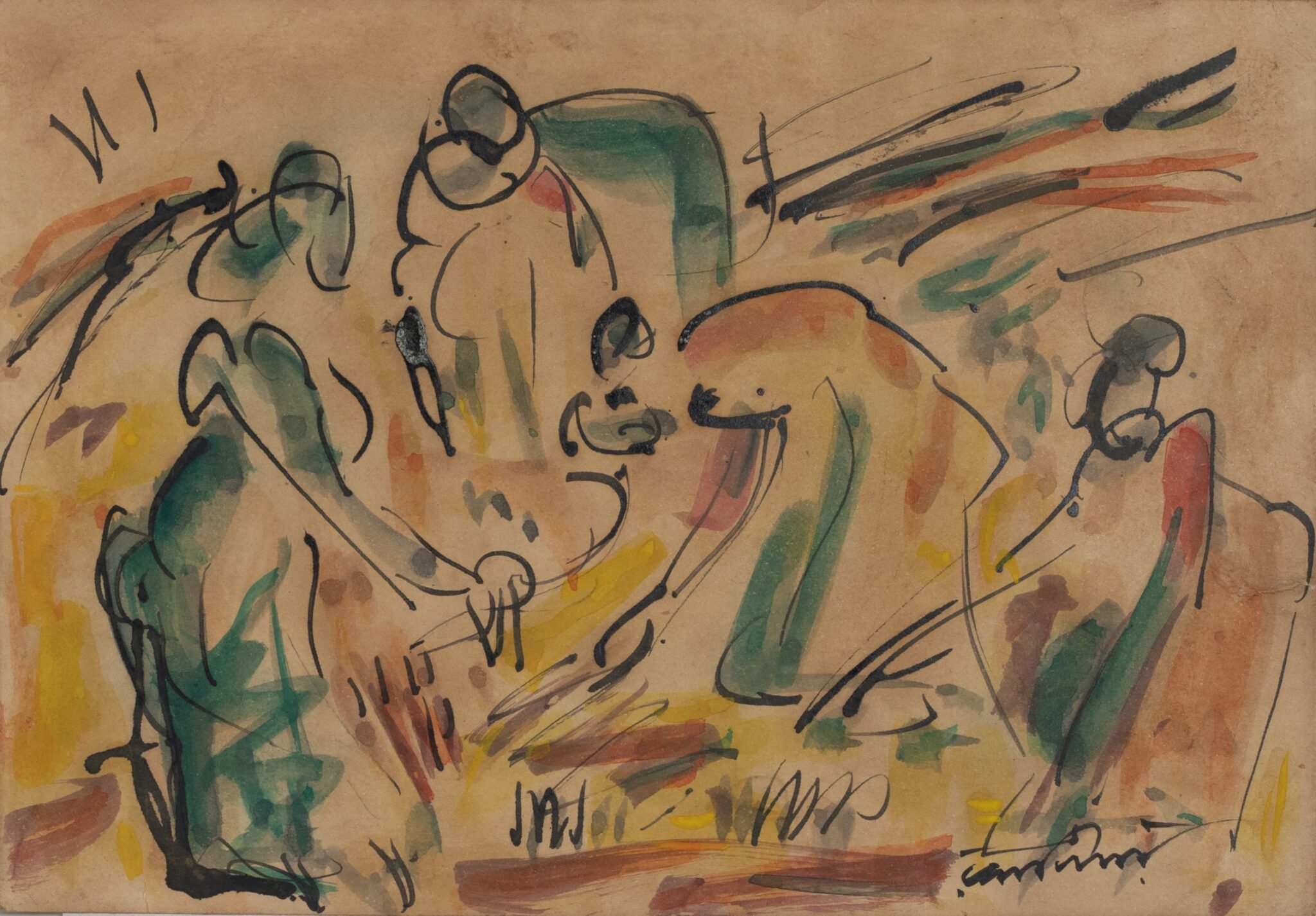 MF Husain, Untitled (Woman with Two Donkeys), c. 1958, Lithograph on paper
MF Husain, Untitled (Woman with Two Donkeys), c. 1958, Lithograph on paper
Art has long been admired for its beauty, symbolism, and cultural significance. In recent years, however, it has also emerged as a recognised asset class, attracting serious interest from investors who see beyond aesthetic appeal. With global markets embracing art as both a store of value and a source of diversification, collecting art is no longer limited to passion alone. It is increasingly viewed as a strategic investment with potential for substantial returns.
For investors seeking to blend personal enjoyment with financial growth, art offers an unparalleled opportunity. Yet, like any asset, success requires knowledge, planning, and a thoughtful approach. The following ten tips will help guide your journey into the world of art investment.
Before venturing into art investment, it is essential to gain a clear understanding of the market. The art world has its own rhythm, shaped by auction results, gallery exhibitions, private sales, and global trends. Studying past performance, observing demand for certain categories, and following major sales can reveal where value lies.
International auction houses, art fairs, and industry reports are excellent starting points. Equally important is awareness of local market dynamics, which often present unique opportunities. Consulting platforms such as art advisories, dealerships, also provide curated insights that make the art market more accessible for investors looking for clarity in a complex space.
Art investment is never one-size-fits-all. Some collectors prioritise capital growth, while others focus on legacy or the joy of owning remarkable works. Clearly defining your objectives is the foundation of a strong strategy.
Do you seek steady, long-term value appreciation, or are you open to higher-risk, higher-reward investments in emerging talent? Are you building a collection to pass down, or are you more interested in near-term liquidity? By answering these questions, you can align acquisitions with your broader financial and personal aspirations.
Just as with equities or real estate, diversification is crucial in art investment. Building a collection across different mediums, price points, and stages of artist recognition spreads risk while broadening potential for returns.
Investors may choose a balanced mix, combining established artists whose markets are more stable with promising voices whose recognition is on the rise. This approach not only enhances the investment profile but also enriches the cultural depth of a collection.
Authenticity is the cornerstone of value in the art market. An artwork’s provenance – its ownership history and supporting documentation – directly impacts both price and credibility.
Before making a purchase, ensure the artwork is accompanied by certificates of authenticity and relevant provenance records. Consulting experts or working with trusted galleries adds further assurance. A rigorous verification process not only safeguards your investment but also enhances confidence when the time comes to resell.
An accurate appraisal is essential for understanding the financial worth of any artwork. Professional appraisers provide an unbiased estimate of value, drawing on market data, condition, and comparative analysis.
Regular appraisals also play a vital role in insurance coverage, estate planning, and future resale strategies. By treating appraisal as a standard practice, investors can make informed decisions backed by market realities rather than guesswork.
The art market is dynamic, influenced by global events, shifting tastes, and the rise of new talent. Staying informed about these trends is vital to identifying future opportunities.
Subscribing to industry publications, attending art fairs, and following major auctions allows investors to remain ahead of the curve. While timeless works retain value, awareness of what is gaining attention today can provide early access to tomorrow’s high-value assets.
No investor succeeds in isolation, and this holds particularly true in the art world. Building relationships with galleries, curators, advisors, and fellow collectors provides access to invaluable insights and opportunities.
Experienced professionals can help identify promising acquisitions, offer guidance on valuation, and ensure due diligence. Networking also opens doors to private sales and exclusive previews, where significant investment opportunities often arise.
Investing in art involves legal and financial considerations that extend beyond acquisition. Tax implications, import and export laws, and ownership rights must be carefully navigated.
Consulting legal and financial advisors ensures compliance and helps structure transactions in a way that maximises benefit while reducing risk. For investors building collections of significant scale, thoughtful planning around inheritance and estate matters is equally important.
The value of art depends not only on authenticity but also on condition. Proper storage, climate control, and conservation practices are vital to preserving artworks for the long term.
Collectors should invest in professional framing, regular condition checks, and, where necessary, restoration. Just as one maintains a property or a fine watch, safeguarding an artwork’s physical integrity is fundamental to sustaining its value.
A successful investment is as much about exit as entry. Deciding when to sell an artwork requires careful timing and market awareness.
Tracking auction results, monitoring demand for specific artists, and consulting advisors can indicate when value has peaked. While holding for the long term often yields stability, there are moments when selling strategically secures impressive returns. Recognising those opportunities is a hallmark of astute collecting.
Art investment is both a personal and financial journey. It combines passion with strategy, cultural enrichment with economic foresight. By understanding the market, setting clear goals, diversifying wisely, and working with trusted experts, investors can build collections that endure in both meaning and value.
As interest in the art market continues to grow, the opportunity to position art as a distinguished asset has never been stronger. The key lies in approaching each decision with diligence, patience, and vision – ensuring that every piece acquired contributes not only to wealth but also to legacy.
October 28, 2025
Navigating the art world can be daunting. Prices aren’t always transparent, authenticity can be difficult to confirm, and opportunities often circulate in exclusive circles. For both seasoned collectors and first-time buyers, one question often arises: how do I make the right choices with confidence? This is where an art advisory […]

Buying art is an experience that blends passion, curiosity, and investment. For some collectors, it’s about building a meaningful connection with a work that inspires and resonates. For others, it’s about adding a valuable asset to their portfolio that they may appreciate over time. Whatever your motivation, one fact remains […]

Indian Modern art is a vibrant story of transformation, a journey shaped by colonial encounters, nationalist aspirations, and the search for a distinct visual identity. It reflects the broader story of India itself: negotiating between the local and the global, the inherited and the imagined. Intertwined with history, social change, […]